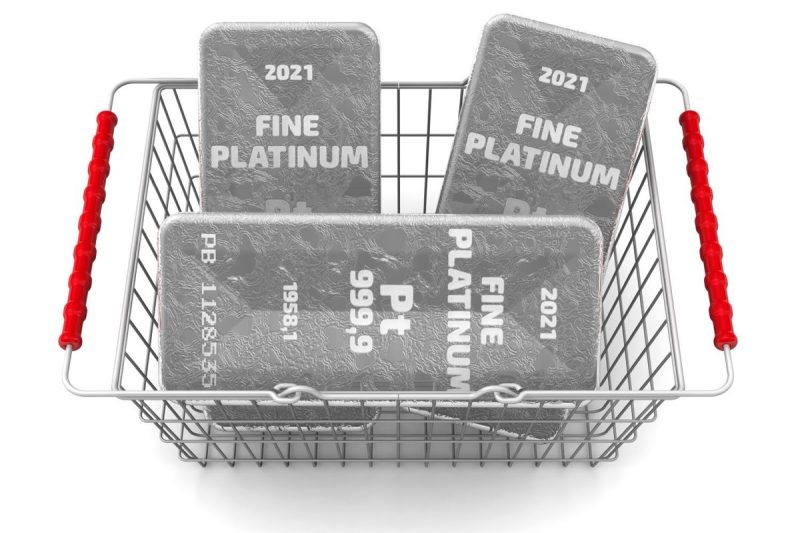**Body**
The platinum market has been closely monitored in recent years as the deficit in supply versus demand continues to be a pressing issue. According to a recent report by WPIC, the World Platinum Investment Council, the forecast for the platinum deficit has been upgraded, projecting that it will exceed 1 million ounces in 2024. This significant deficit indicates the imbalance between the production and consumption of platinum worldwide.
The primary driver behind this upgraded deficit forecast is the increasing demand for platinum in various industries, including automotive, jewelry, and industrial applications. Platinum is a critical component in catalytic converters used in vehicles to reduce harmful emissions. With the global focus on reducing pollution and transitioning towards greener technologies, the demand for platinum in the automotive industry is expected to rise substantially in the coming years.
Furthermore, the jewelry sector remains a significant consumer of platinum, especially in regions like Asia where platinum is highly valued for its luster and durability. The growing middle-class population in developing countries is driving the demand for luxury items like platinum jewelry, further straining the already limited supply.
In addition to automotive and jewelry, platinum is also utilized in industrial applications such as petroleum refining, chemical processing, and electrical components. The unique properties of platinum, including its resistance to corrosion and high melting point, make it indispensable in various industrial processes, contributing to its growing demand.
On the supply side, challenges persist in increasing platinum production to meet the rising demand. The mining of platinum is a complex and costly process, with most of the world’s platinum deposits located in a few countries, predominantly South Africa and Russia. Factors such as labor strikes, geopolitical risks, and stringent environmental regulations further impede the expansion of platinum mining operations, limiting the increase in supply.
The dynamics of the platinum market are influenced not only by supply and demand fundamentals but also by macroeconomic factors, geopolitical events, and investor sentiment. Platinum is also considered a precious metal and a safe-haven investment, alongside gold and silver. As global uncertainties and inflation concerns persist, investors seek refuge in precious metals like platinum, driving up investment demand.
In conclusion, the upgraded forecast for the platinum deficit exceeding 1 million ounces in 2024 underscores the critical need for sustainable solutions to address the imbalance between supply and demand in the platinum market. Industry stakeholders, policymakers, and investors must collaborate to ensure a stable and robust platinum market that can meet the evolving needs of various sectors while fostering innovation and responsible mining practices. As the world transitions towards a cleaner and more sustainable future, platinum’s role as a crucial metal in driving progress and technological advancements remains undeniable.




























